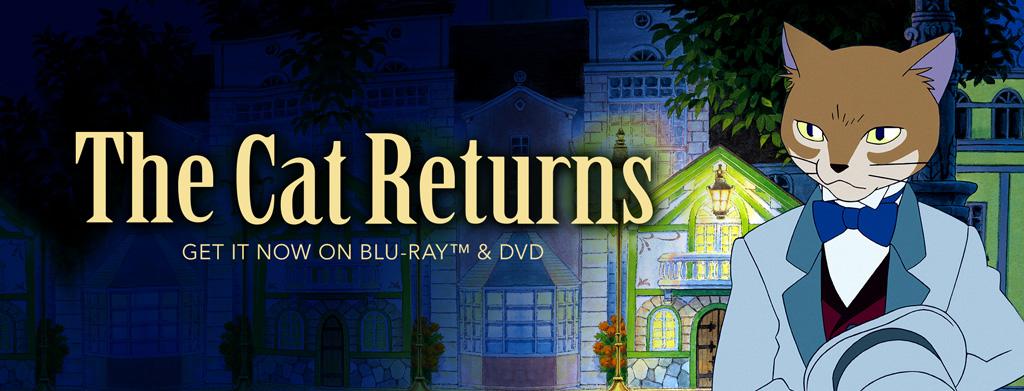Homage to Miyazaki & Beyond: The Cat Returns
July 10, 2015
Last summer, I started a blog on the online tjTODAY website that featured several films produced by Hayao Miyazaki, the founder of Studio Ghibli and a renowned Japanese animation director of “My Neighbor Totoro,” “Spirited Away” and “The Wind Blows.” It was a highly fulfilling influence, since I was able to rediscover some of Miyazaki’s rare productions and classics in the eyes of an adolescent.
This year, I wanted to continue reviewing and sharing my thoughts on Miyazaki’s films, as they have been the fantasy, the inspiration and the fairy tale of my childhood. In addition, I wanted to broaden my perspective of Japanese animation and try out some of the films produced by the new faces of animation directing, including those led by Mamoru Hosoda and Makoto Shinkai.
That is the reason why I decided to name the blog as “Homage to Miyazaki & Beyond,” in hopes that I will be able to find films that will equal the delight and surprise I’ve felt in Miyazaki’s stories.
But first, I wanted to start with the basics. The first film that I will be featuring is the 2002 film, “The Cat Returns,” produced by Studio Ghibli.
Reason for choice
“The Cat Returns” occupies a special space in my heart. I remember holding my mother’s hand as I visited the small video rental shop in Korea and rushing past the collection of video tapes until I saw the sight of this particular film. Unfortunately, I never had a thought about watching the film after I immigrated to the United States, completely forgetting the countless memories I had with it.
As I considered possible films that I could review, I caught sight of “The Cat Returns.”
It was by instinct. I decided to watch the film again.
Plot
“The Cat Returns” is a short film, with its running time being only 75 minutes. The storyline is fairly simple as well. An ordinary high school female student, Haru, rescues a cat from a car crash and discovers that it is actually the prince and the only heir of the “Cat Kingdom,” which, really, is a kingdom that consists and is ruled by cats.
The father of the prince, the Cat King, decides to marry Haru with his son, but with the help of the Baron, which also turns out to be a cat, and his companions, Haru safely returns back to her home and defeats the Cat King.
Reflection
The greatest aspect of Miyazaki’s films lies in its ingenuity. Almost all of Studio Ghibli’s productions are paramount in their ability to integrate normal, ordinary and perhaps boring lives with a creative twist.
Similar patterns were seen in “My Neighbor Totoro,” in which two sisters discover a mystical animal at a rural farmland and “Spirited Away,” in which an elementary schooler finds herself at a city of fantastical and grotesque creatures.
By allowing the audience to empathize with the main character’s situation and leading them to a journey into his imagination, Miyazaki skillfully blurs the sense of fantasy and reality and makes the audience immerse into his creativity.
The same applies to “The Cat Returns.” I am easily able to connect to Haru, a high school student who has difficulties waking up in the morning and has an amiable friend who jokes with her. The connection to the protagonist allows me to grow greater fondness for the Baron, who acts as her aide throughout the film and Muta, a large white cat who travels alongside Haru during their trip to the Cat Kingdom.
Although the story may be a bit absurd and trite (as the story shares a similar storyline to a girl being rescued from a troublesome situation), the detailed and watercolor-like illustrations brings the film to a higher level of mastery. One characteristic that differs Japanese animations from those of Western ones is that the films, especially those created by Studio Ghibli, possess a sense of nostalgic, old-fashioned authenticity. This particular artistic style of Ghibli could have acted as the reason why I always connect its films to my almost fading childhood.
Evaluation
I would recommend others, even students in my age, to watch the film. The short movie is very lighthearted and does not require significant amount of thinking to understand the plot. Unlike “Spirited Away,” the film avoids using symbolism and adheres to the plot in a straightforward manner. The film could be a fitting introduction to people who have not watched a Studio Ghibli film, as some of the signature films of Miyazaki may require a little more analysis and understanding of his worldview.






